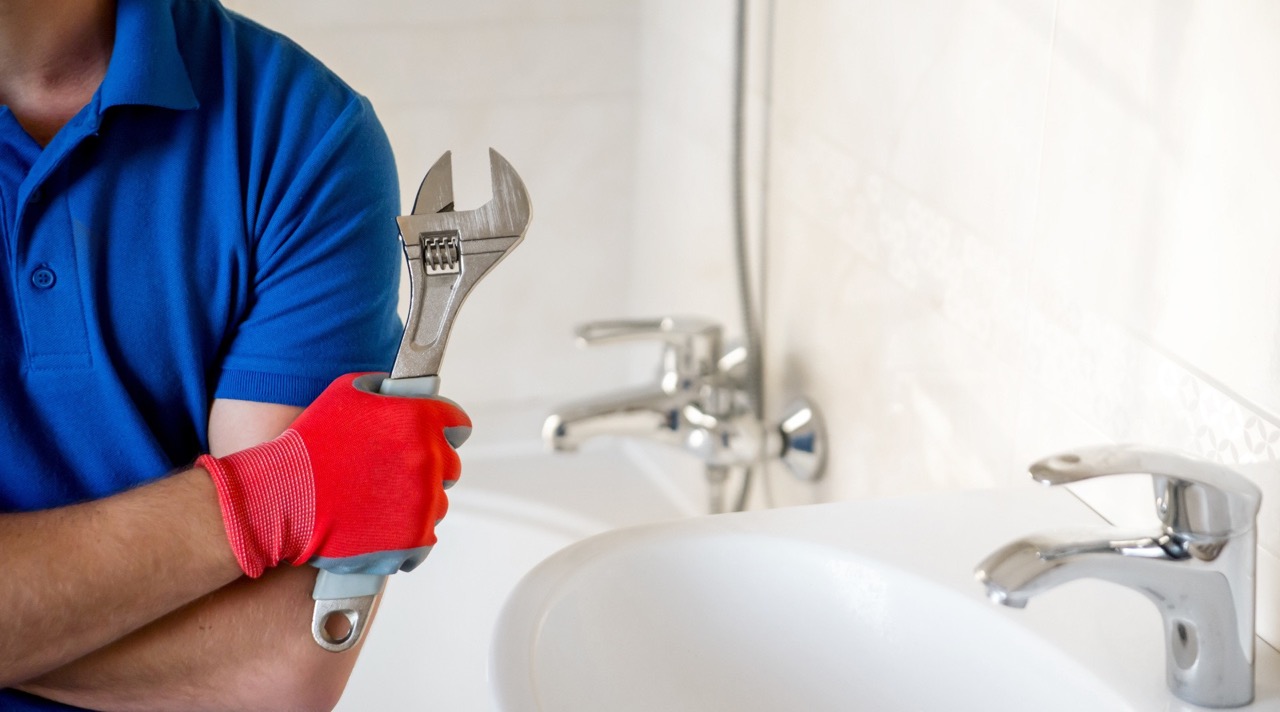

Articles
When Did People Get Indoor Plumbing
Modified: September 1, 2024
Explore informative articles on the history and evolution of indoor plumbing. Discover when people first gained access to this modern convenience and how it has impacted society.
(Many of the links in this article redirect to a specific reviewed product. Your purchase of these products through affiliate links helps to generate commission for Storables.com, at no extra cost. Learn more)
Introduction
Indoor plumbing is something that many of us take for granted in the modern world. We simply turn a faucet and clean water flows effortlessly into our homes, while waste is efficiently carried away. But have you ever wondered when people started enjoying the luxury of indoor plumbing? The history of plumbing dates back thousands of years, and its evolution has been fascinating.
In ancient times, people had to rely on various methods and innovations to meet their water and sanitation needs. From intricate water systems to basic drainage systems, the development of indoor plumbing has been a testament to human ingenuity and the quest for comfort and convenience.
In this article, we will explore the ancient origins of plumbing, the innovations of ancient civilizations such as the Romans, the advancements made during the medieval and Renaissance periods, and the transformative impact of the Industrial Revolution on the rise of indoor plumbing. We will also delve into the modern era and how indoor plumbing has become an integral part of our daily lives.
Join us on this journey as we uncover the fascinating history of when people first acquired the luxury of indoor plumbing and how it has evolved to become an essential aspect of modern living.
Key Takeaways:
- Plumbing has a rich history dating back to ancient civilizations like Egypt and Rome, showcasing human innovation in water management and sanitation. The Industrial Revolution transformed plumbing, leading to widespread indoor plumbing adoption.
- Modern plumbing has evolved with smart technologies, eco-friendly practices, and universal design, enhancing water efficiency and accessibility. The journey of indoor plumbing highlights the continuous pursuit of innovation for better living conditions.
Read more: When Did They Start Using PVC For Plumbing
Ancient Origins of Plumbing
Plumbing can be traced back to ancient civilizations that recognized the importance of water for various purposes, including drinking, cooking, bathing, and sanitation. Although the plumbing systems of ancient times were not as advanced as what we have today, they laid the foundation for future innovations.
One of the earliest known examples of plumbing dates back to ancient Egypt around 2500 BCE. The Egyptians, known for their advanced engineering skills, constructed rudimentary irrigation systems to control the flow of the Nile River. They developed canals and channels to distribute water for farming and domestic use.
Around the same time, the ancient Indus Valley civilization, which encompassed present-day India and Pakistan, had elaborate underground sewer systems to dispose of waste. They constructed clay pipes that transported waste into underground channels, ensuring sanitation and cleanliness in their cities.
The ancient Greeks also made significant contributions to plumbing. In ancient Athens, around the 5th century BCE, a primitive piping system known as kapeleia was used to carry water from springs or wells into the city. Large ceramic pipes were laid underground to supply water to public fountains and private residences.
However, it was the ancient Romans who truly revolutionized plumbing with their aqueducts and sophisticated water distribution systems. The Roman Empire, renowned for its engineering marvels, constructed extensive aqueducts to transport water from distant sources into their cities. These aqueducts utilized gravity to move water, and they were built with remarkable precision, often spanning long distances and overcoming natural obstacles.
Once the water reached the cities, it was distributed to public baths, fountains, and private households through a network of lead or wooden pipes. Roman homes had simple plumbing fixtures, such as taps and basins, and underground drainage systems were used to manage waste disposal.
While the plumbing systems of ancient civilizations were impressive for their time, it is important to note that access to water and advanced plumbing technologies was limited to the wealthy and privileged. The majority of the population relied on public fountains and communal bathing facilities for their water and sanitation needs.
The advancements made during ancient times provided the groundwork for future innovations in plumbing. As societies developed, so did their understanding of plumbing, pushing the boundaries of what was possible and setting the stage for the indoor plumbing systems we enjoy today.
Roman Water Systems
The ancient Romans were pioneers when it came to plumbing and water management. Their innovative water systems and engineering feats laid the foundation for the development of indoor plumbing in later civilizations.
One of the greatest accomplishments of the Roman Empire was the construction of aqueducts that brought fresh water from distant sources to their cities. These aqueducts, often spanning several kilometers, were a testament to Roman engineering prowess.
The aqueducts were built with a slight slope to allow gravity to move the water efficiently. They were made of stone, concrete, and, in some cases, lead pipes. The pipes were meticulously crafted and fitted together to create a watertight system.
Once the water reached the cities, it was divided into different branches and distributed to public fountains, baths, and private homes. The Romans developed a complex network of pipes made from lead, clay, or stone. The lead pipes, in particular, were innovative because they could be easily bent and shaped to fit into various spaces.
Public fountains served as gathering places for the community and were equipped with multiple spouts to accommodate the needs of many people. The water could be captured in basins or troughs, and people could draw water for various purposes.
In private homes, the wealthy Romans had access to more advanced plumbing systems. They enjoyed running water in their homes, which was supplied through lead or clay pipes. These pipes connected to fixtures such as taps and basins, allowing residents to have a constant supply of water for their daily needs.
Waste disposal was also a significant consideration for the Romans. They developed an intricate system of underground sewers and drainage channels to remove waste from the city. The sewage would flow through these channels, ultimately leading to large sewers located outside the city walls.
The Romans even had a rudimentary form of indoor toilets called “cloacinae.” These toilets were typically found in public buildings and wealthy households. They consisted of a seat over a chamber connected to the sewer system, and waste would be flushed away with water.
The Roman water systems were a remarkable achievement for their time. Their sophisticated engineering and plumbing innovations set the stage for future developments in water management and sanitation.
While the Romans were trailblazers in plumbing, it is worth mentioning that the extensive use of lead pipes in their water systems had potential health risks due to lead poisoning. However, this issue was not fully understood at the time, and the Romans continued to use lead pipes.
Despite this drawback, the Roman water systems left a lasting legacy and became the inspiration for future generations to build upon. The knowledge and techniques developed by the Romans would later be rediscovered and improved upon during the Renaissance period, leading to even greater advancements in indoor plumbing.
Medieval and Renaissance Innovations
The medieval and Renaissance periods marked another significant milestone in the evolution of plumbing. During this time, advancements were made in water supply, sanitation, and plumbing fixtures, shaping the future of indoor plumbing as we know it today.
In medieval Europe, access to clean water was a challenge for many. Public wells and communal water sources were essential for meeting the water needs of the community. However, as cities grew, the demand for water increased, and new solutions were sought.
One notable innovation during this period was the construction of water wheels, also known as water mills, which harnessed the power of flowing water to grind grain and perform various mechanical tasks. These water wheels were often coupled with pumps or mechanisms that could lift water from underground wells or rivers to supply homes and public buildings.
The Renaissance period brought about a renewed interest in science and engineering, leading to further advancements in plumbing technology. One of the key figures during this time was Leonardo da Vinci. While primarily known for his artistic genius, da Vinci also made significant contributions to plumbing.
Da Vinci designed a series of intricate and innovative water systems, including a flushing device for toilets and the concept of a central heating system based on the circulation of hot water. Although these designs were not fully realized during da Vinci’s time, they laid the groundwork for future developments in plumbing.
During the Renaissance, the wealthy elite began to enjoy more luxurious plumbing fixtures in their homes. Bathrooms became more common, and the concept of privacy and personal hygiene gained prominence. Indoor plumbing fixtures such as water closets, bidets, and ornate bath tubs became symbols of wealth and status.
In addition to advancements in water supply and fixtures, efforts were made to improve sanitation systems. In many European cities, stone or brick channels were built to carry waste away from homes. These channels would often connect to larger underground sewers or discharge into nearby bodies of water.
While the plumbing systems of the medieval and Renaissance periods were more sophisticated than those of ancient times, it is important to note that access to these systems was primarily limited to the elite and wealthier sections of society. The majority of the population still relied on more basic communal facilities or had limited access to clean water and proper sanitation.
Nevertheless, the innovations made during these periods planted the seeds for further advancements in plumbing. They demonstrated the value and potential of indoor plumbing, pushing future generations to refine and improve upon these early systems.
Indoor plumbing became more common in the late 19th and early 20th centuries, with urban areas adopting it first. It became more widespread in the United States after World War II.
Industrial Revolution and the Rise of Indoor Plumbing
The Industrial Revolution, which began in the 18th century, had a transformative impact on various aspects of society, including plumbing and sanitation. The technological advancements and societal changes brought about by the Industrial Revolution paved the way for the widespread adoption of indoor plumbing.
One of the key developments during this period was the improvement of pipe manufacturing techniques. The invention of steam-powered machinery allowed for the mass production of pipes, making them more affordable and accessible to a larger population. Cast iron and galvanized steel pipes became common choices for plumbing systems due to their durability and strength.
The rise of urbanization and the growth of cities during the Industrial Revolution also prompted the need for improved sanitation. The crowded and unsanitary conditions in many urban areas led to the spread of diseases and health risks. As a result, governments and city planners recognized the importance of proper waste disposal systems.
The development of underground sewer systems became a priority. Large-scale sewer networks were constructed to carry waste away from populated areas, improving sanitation and public health. These sewers were often connected to individual buildings through street-level access points, allowing for the efficient removal of waste.
Indoor plumbing became more prevalent during this time, especially in areas with access to clean water sources. The convenience and hygiene benefits of having running water in homes led to increased demand for indoor plumbing fixtures. Bathrooms with toilets, sinks, and showers became standard features in newly constructed homes.
The invention of the flush toilet, also known as the water closet, was a game-changer in indoor plumbing. Sir John Harington is credited with inventing the first flush toilet in 1596, but it was Thomas Crapper, an English plumber, who popularized its use in the late 19th century. The flush toilet revolutionized sanitation, making waste disposal more efficient and reducing the prevalence of diseases.
Alongside the rise of indoor plumbing, the development of water purification techniques played a crucial role in ensuring access to clean and safe drinking water. Filtration systems and water treatment plants were established to remove contaminants from water sources, making it suitable for consumption.
The advancements in plumbing technology and the increasing availability of indoor plumbing transformed the way people lived. Access to clean water and proper sanitation became more widespread, improving public health and promoting hygiene practices.
While indoor plumbing was still primarily accessible to the wealthier classes, the Industrial Revolution brought about infrastructural changes that made it more attainable for a broader range of individuals. The integration of plumbing systems into buildings became standard practice, setting the stage for the modern plumbing systems we rely on today.
Read more: When Did Pex Plumbing Come Out
Indoor Plumbing in the Modern Era
In the modern era, indoor plumbing has become an essential component of our daily lives. The advancements in plumbing technology, infrastructure, and regulations have revolutionized the way we access and utilize water within our homes and buildings.
One of the most significant changes in modern plumbing is the introduction of plastic pipes. Plastic pipes, such as PVC and PEX, have gained popularity due to their affordability, durability, and ease of installation. They have largely replaced traditional materials like lead and galvanized steel due to their reduced health and environmental risks.
Modern plumbing systems have moved beyond just supplying clean water and removing waste. They have evolved to include additional features and technologies for increased convenience and efficiency. For example, water conservation has become a central focus, with the introduction of low-flow faucets, showerheads, and toilets that reduce water consumption without sacrificing performance.
The adoption of smart technologies has also impacted the plumbing industry. Smart plumbing fixtures, such as sensor-activated faucets and toilets, allow for touchless operation, promoting hygiene and reducing water waste. Additionally, smart home automation systems can monitor water usage, detect leaks, and control water flow, enhancing water conservation efforts and enabling proactive maintenance.
Moreover, the modern era has seen advancements in water heating systems. Tankless water heaters provide on-demand hot water, eliminating the need for large storage tanks. These energy-efficient systems heat water as it flows through the unit, allowing for continuous hot water supply and reducing energy consumption.
Accessibility and inclusivity have also become important considerations in modern plumbing design. Universal design principles have been incorporated into bathroom fixtures to ensure ease of use for people of all ages and abilities. Features like grab bars, adjustable showerheads, and accessible sinks are now commonly integrated into bathroom spaces.
Furthermore, environmental awareness has led to the rise of eco-friendly plumbing practices. Rainwater harvesting systems, greywater recycling, and sustainable irrigation systems have gained popularity, allowing for the reuse of water for non-potable purposes like landscaping, flushing toilets, and irrigation.
Government regulations and building codes have played a vital role in shaping modern plumbing standards. Regulations ensure that plumbing systems meet safety, health, and environmental requirements. This includes proper installation, backflow prevention, and adherence to plumbing codes to safeguard the well-being of individuals and the environment.
In the modern era, indoor plumbing has become so ingrained in our daily routines that we often take it for granted. It has greatly improved our quality of life by providing access to clean water, efficient sanitation, and convenient amenities.
As technology continues to evolve, we can expect to see further advancements in plumbing systems. The integration of renewable energy sources, improved water efficiency, and enhanced connectivity will likely drive the future of indoor plumbing, ensuring sustainable and innovative solutions that meet the evolving needs of society.
Conclusion
The history of indoor plumbing is a testament to human ingenuity and the quest for comfort, convenience, and sanitation. From the ancient origins of plumbing in civilizations like ancient Egypt and Rome to the innovations of the medieval and Renaissance periods, and the transformative impact of the Industrial Revolution, plumbing has undergone significant advancements over the centuries.
Ancient civilizations recognized the importance of water for various purposes and developed rudimentary systems to meet their needs. The Romans, in particular, revolutionized plumbing with their aqueducts, water distribution systems, and underground sewers.
During the medieval and Renaissance periods, advancements were made in water supply, sanitation, and plumbing fixtures, although access to these systems remained limited to the wealthier classes.
The Industrial Revolution brought about a paradigm shift, with mass production of pipes, improved waste management systems, and the rise of indoor plumbing. The accessibility of plumbing systems expanded, and modern materials like plastic pipes replaced older materials such as lead.
In the modern era, indoor plumbing has become an integral part of our daily lives. From energy-efficient fixtures and smart technologies to water conservation practices and universal design principles, plumbing has evolved to meet the changing needs and priorities of society.
While we often take indoor plumbing for granted, it has played a vital role in improving public health, promoting hygiene, and enhancing overall well-being. It has made clean water readily accessible and waste disposal more efficient, contributing to higher standards of living.
Looking ahead, we can anticipate further innovations in plumbing as technology continues to advance. From renewable energy integration to improved water efficiency and sustainable practices, the future of indoor plumbing holds exciting possibilities.
As we appreciate the modern conveniences of indoor plumbing, it is important to acknowledge and learn from the historical advancements that have brought us to this point. The history of plumbing reminds us of the importance of water, sanitation, and the continuous pursuit of innovation to provide better living conditions for all.
So the next time you turn on the faucet or flush the toilet, take a moment to appreciate the journey of indoor plumbing and the countless contributions made by civilizations throughout history to bring us the comfort and convenience we enjoy today.
Frequently Asked Questions about When Did People Get Indoor Plumbing
Was this page helpful?
At Storables.com, we guarantee accurate and reliable information. Our content, validated by Expert Board Contributors, is crafted following stringent Editorial Policies. We're committed to providing you with well-researched, expert-backed insights for all your informational needs.
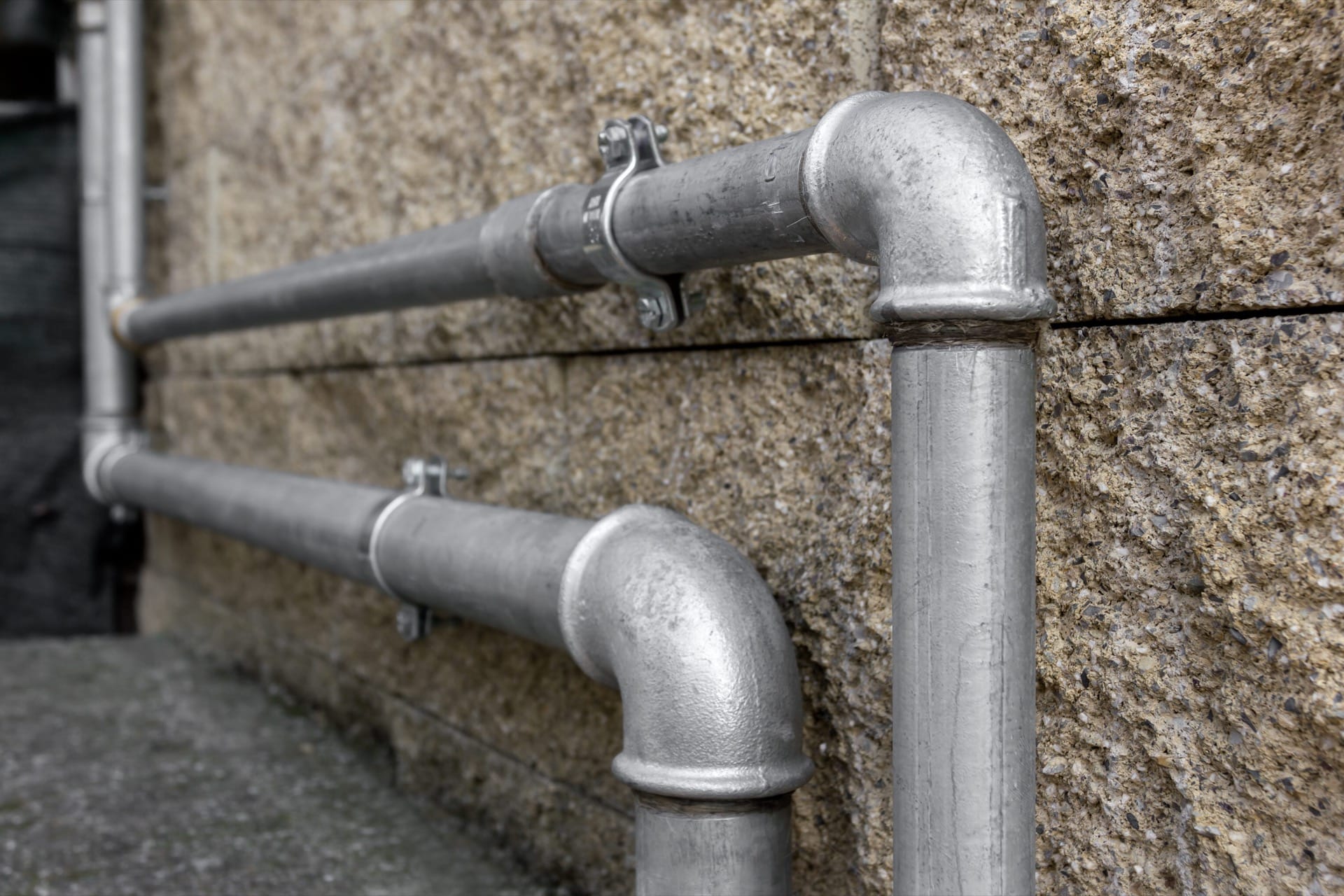
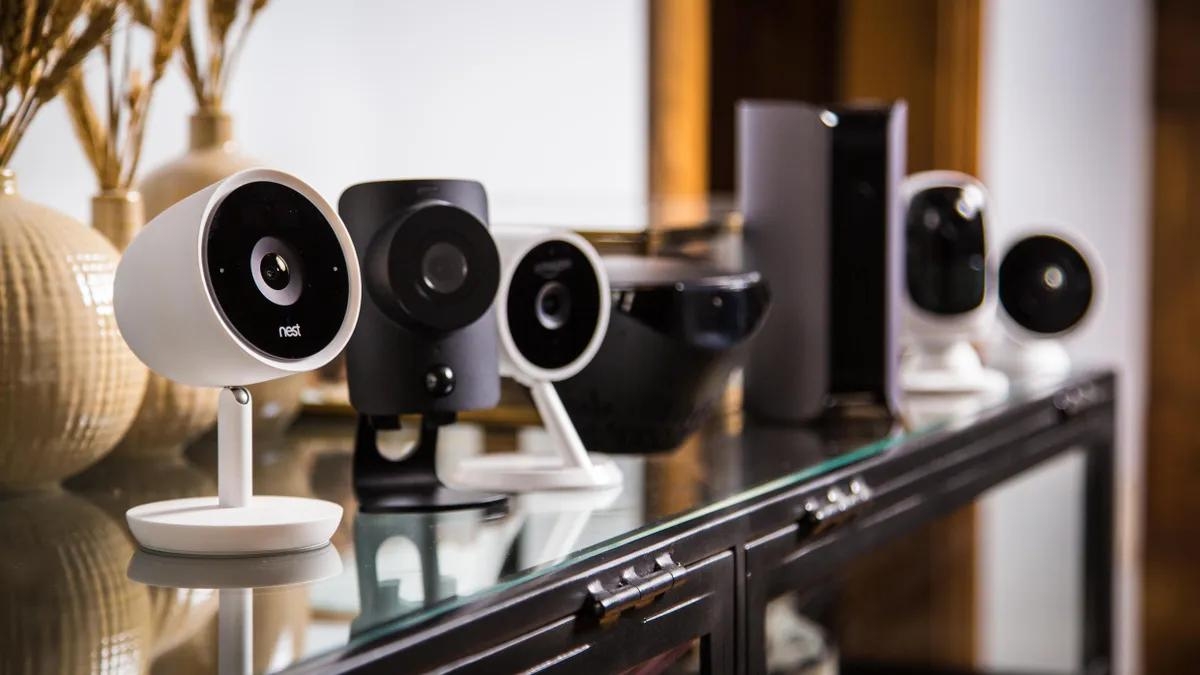
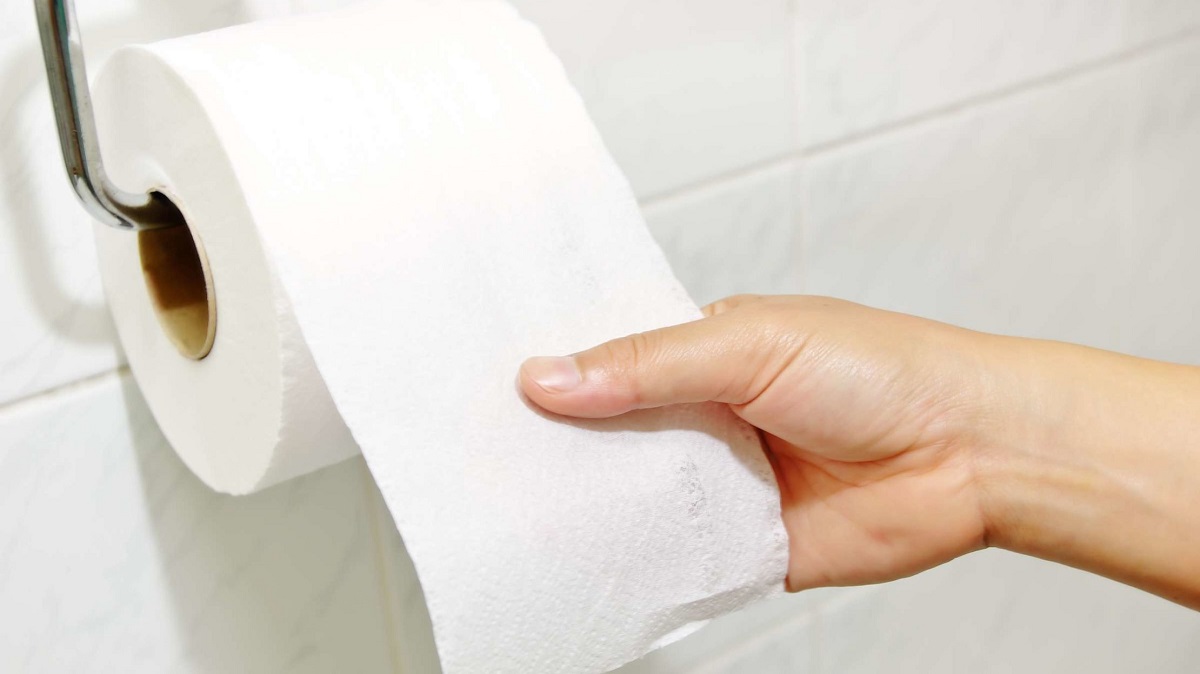

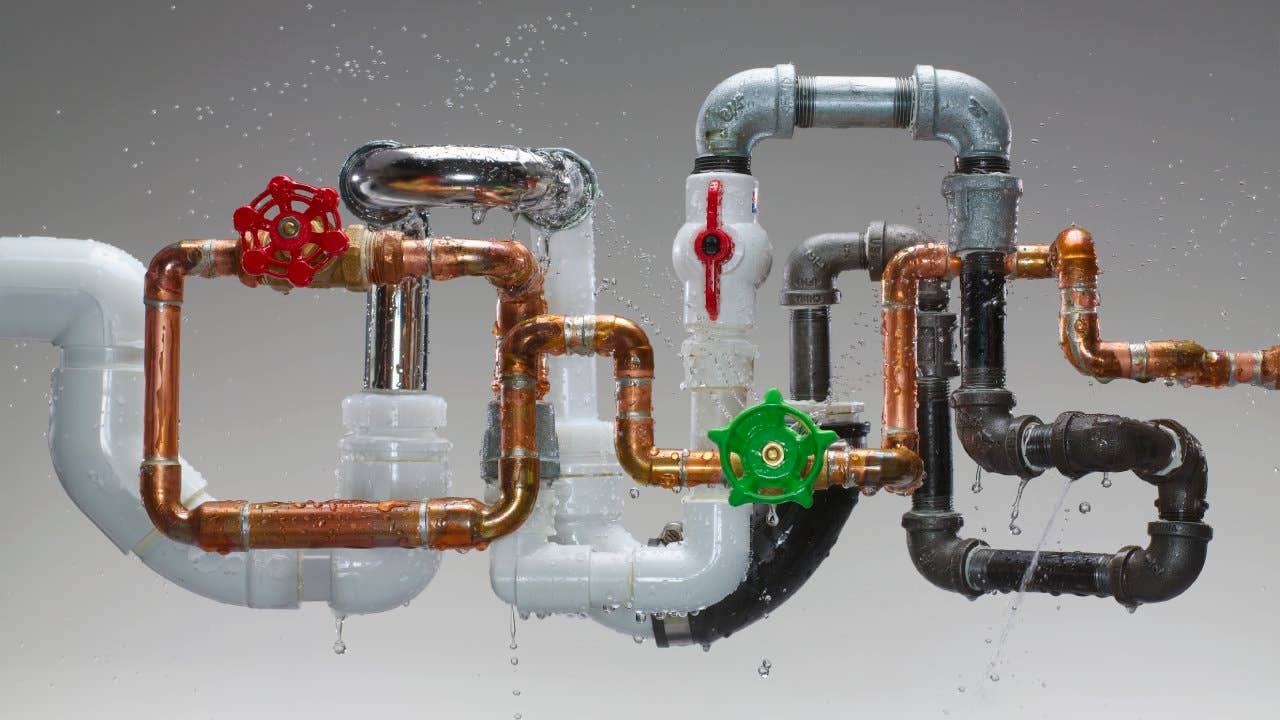





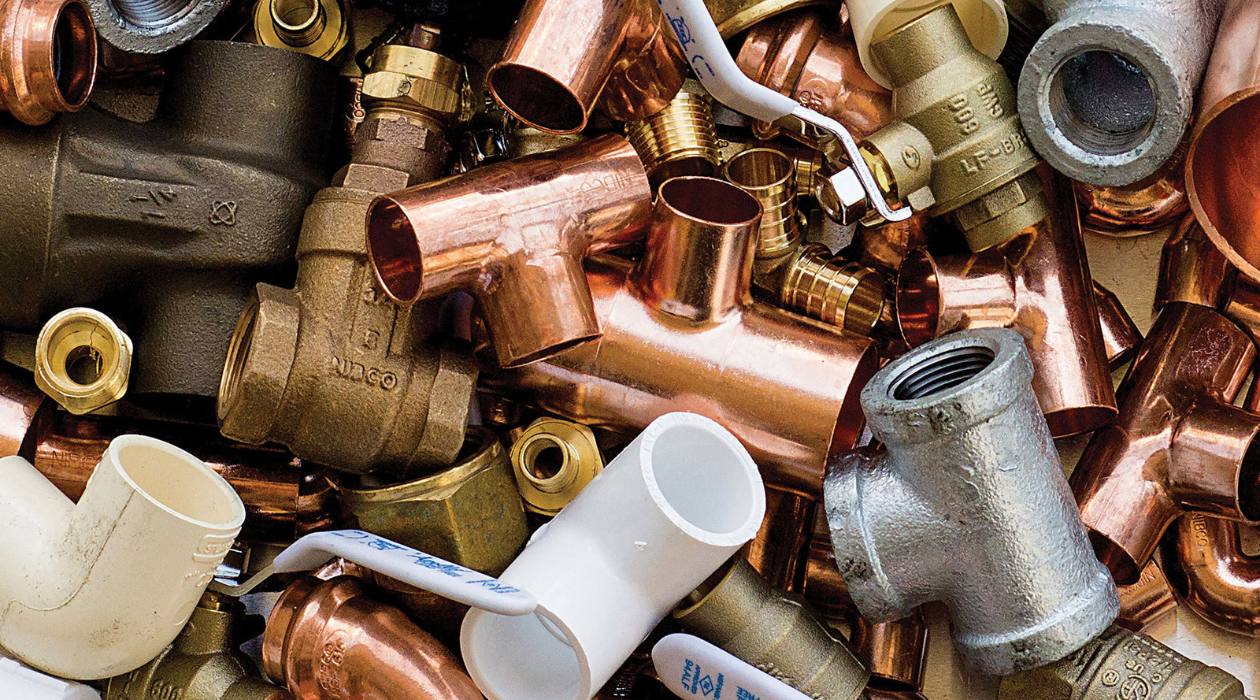
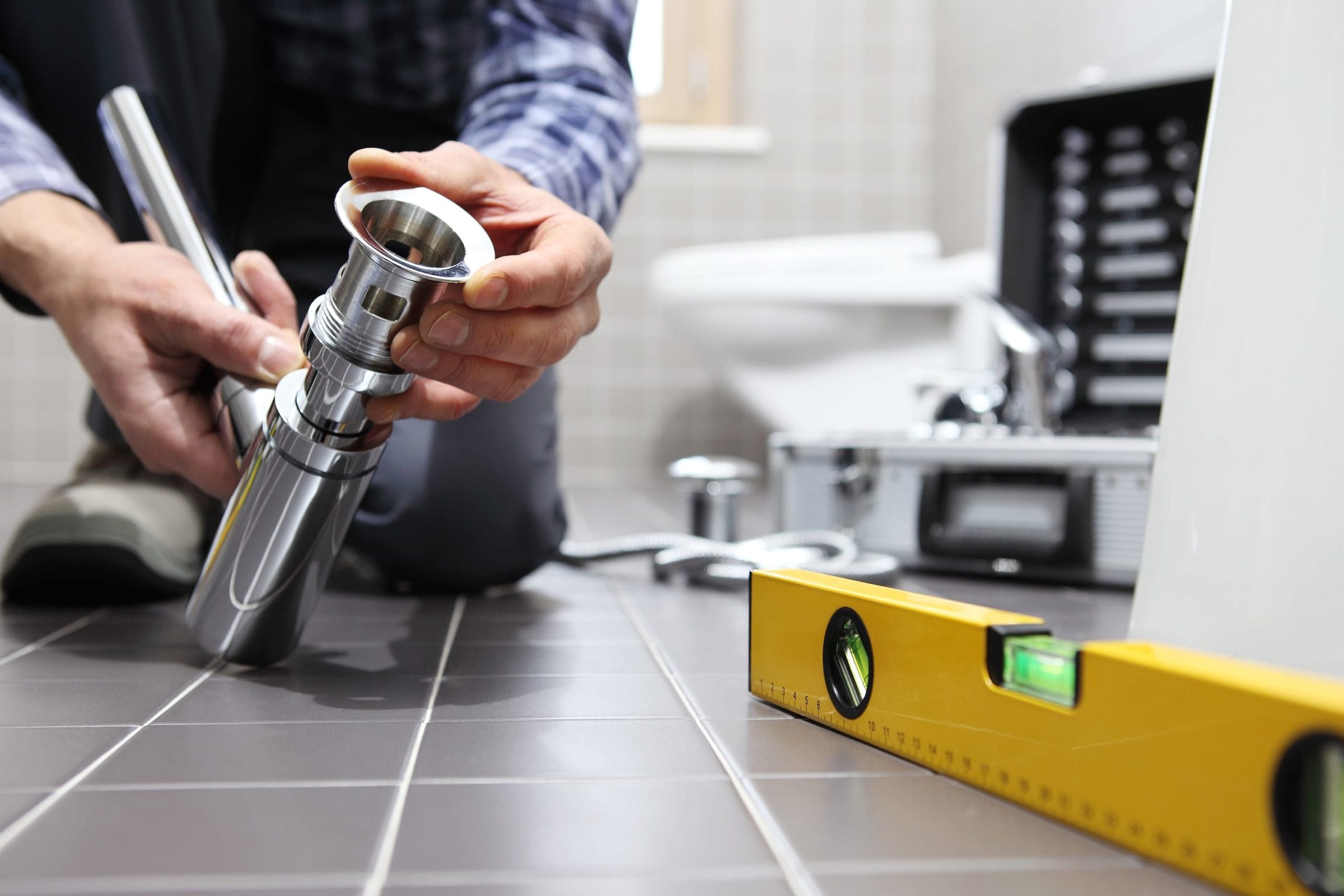
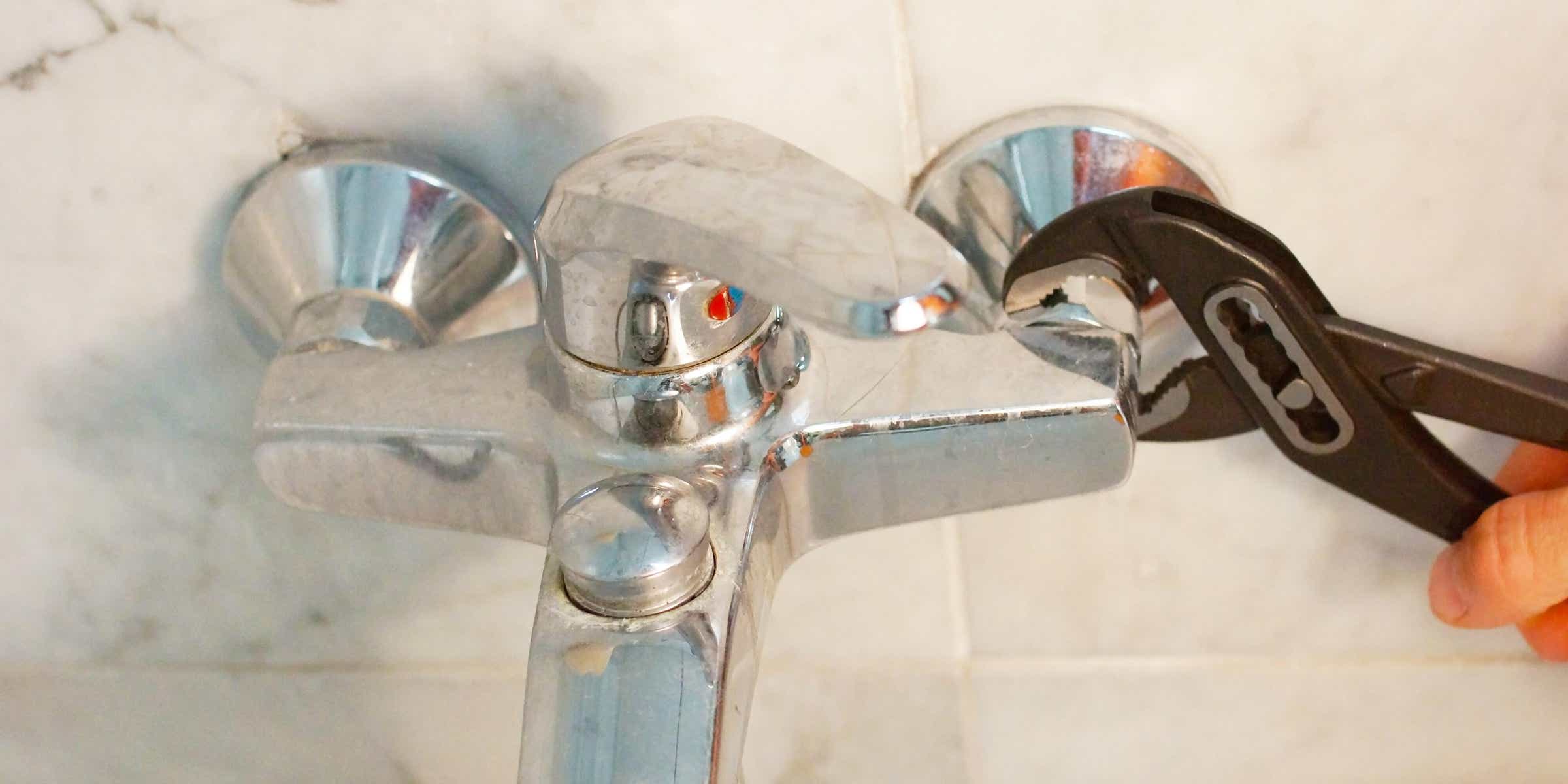
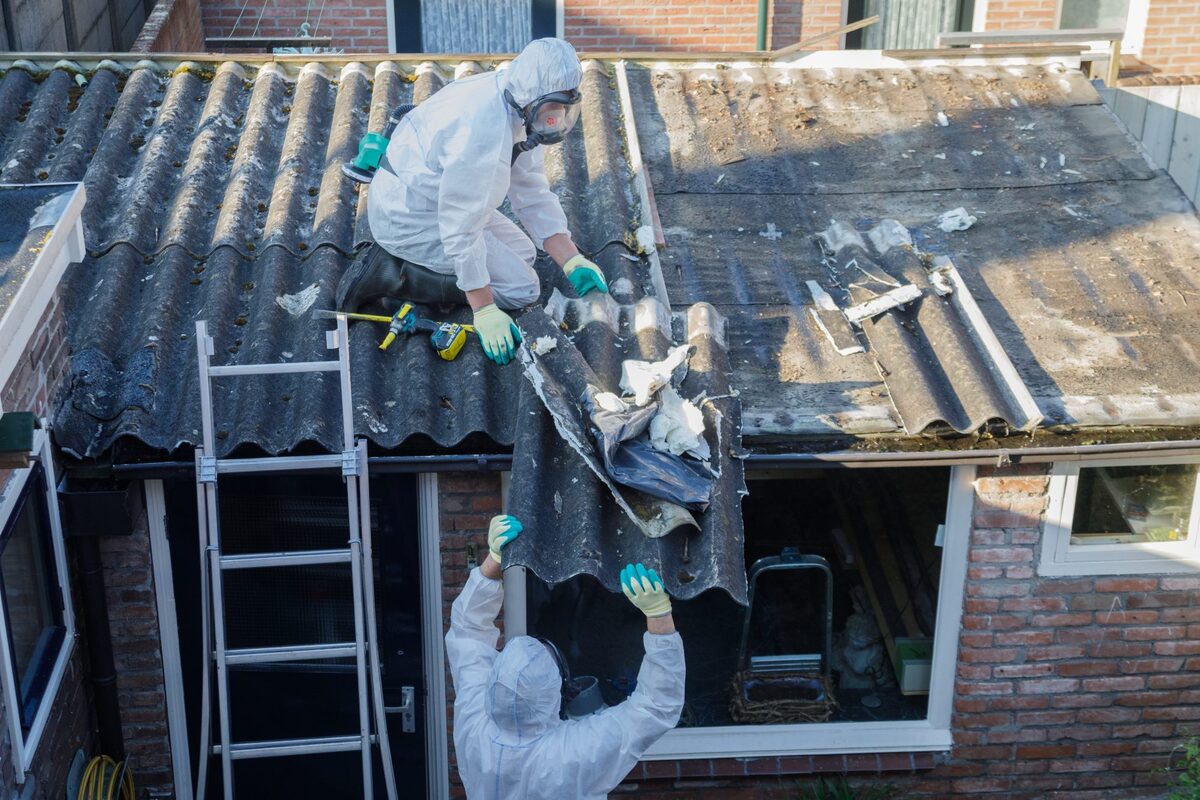

0 thoughts on “When Did People Get Indoor Plumbing”